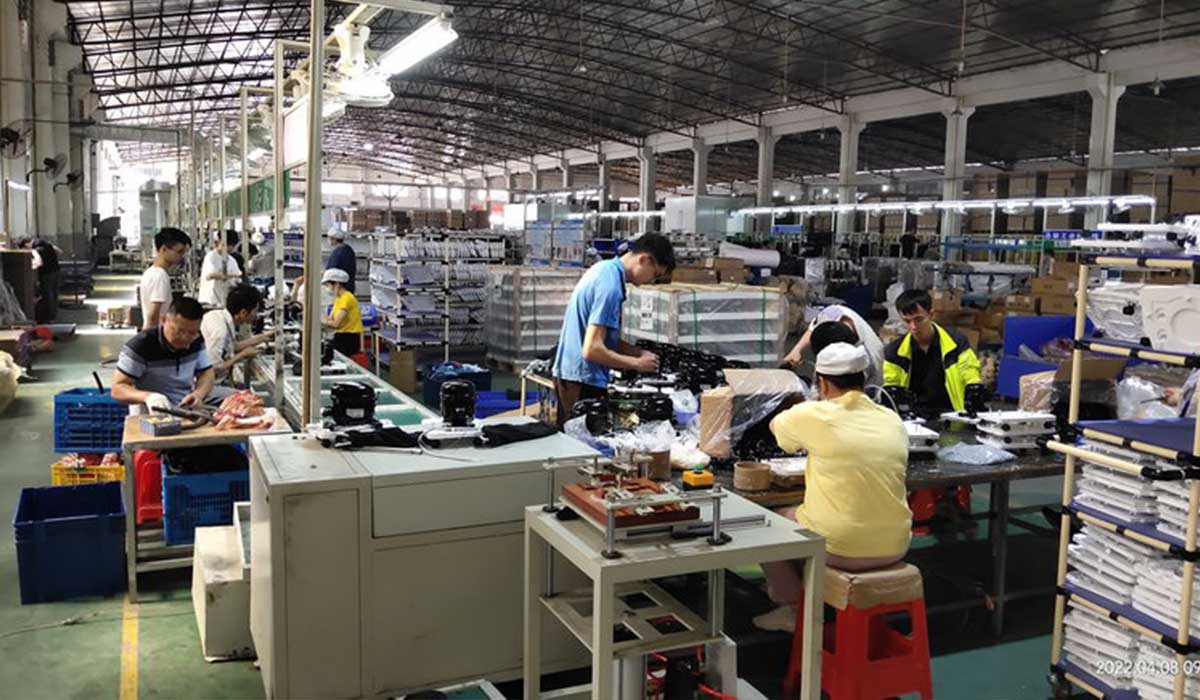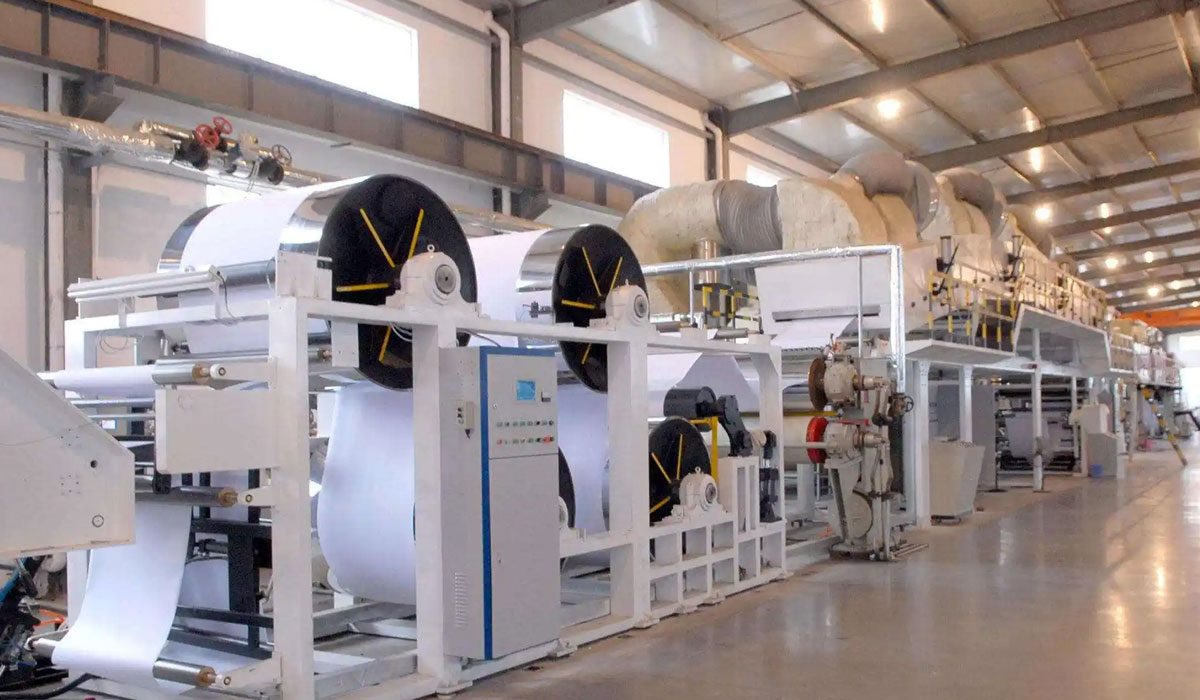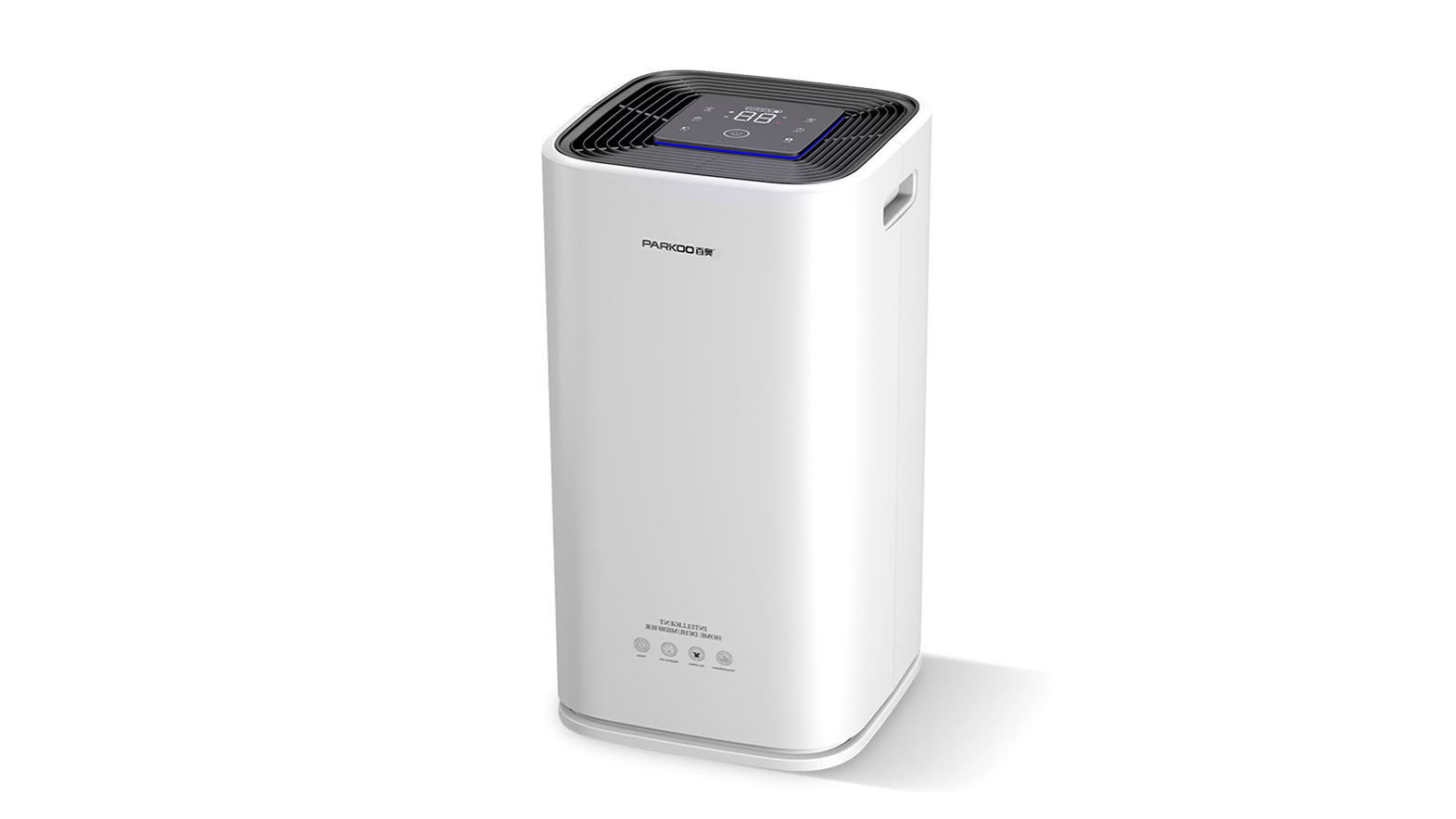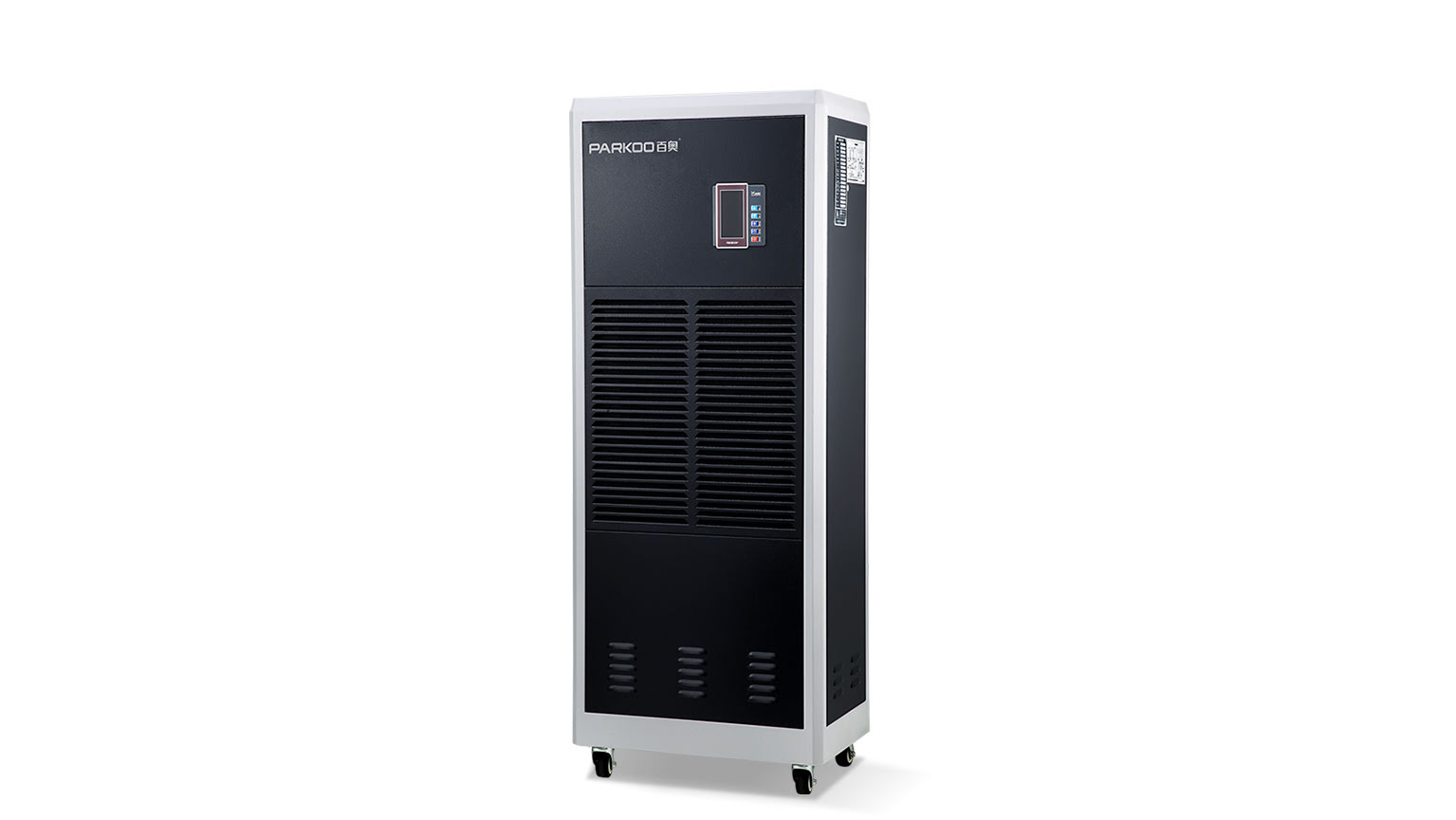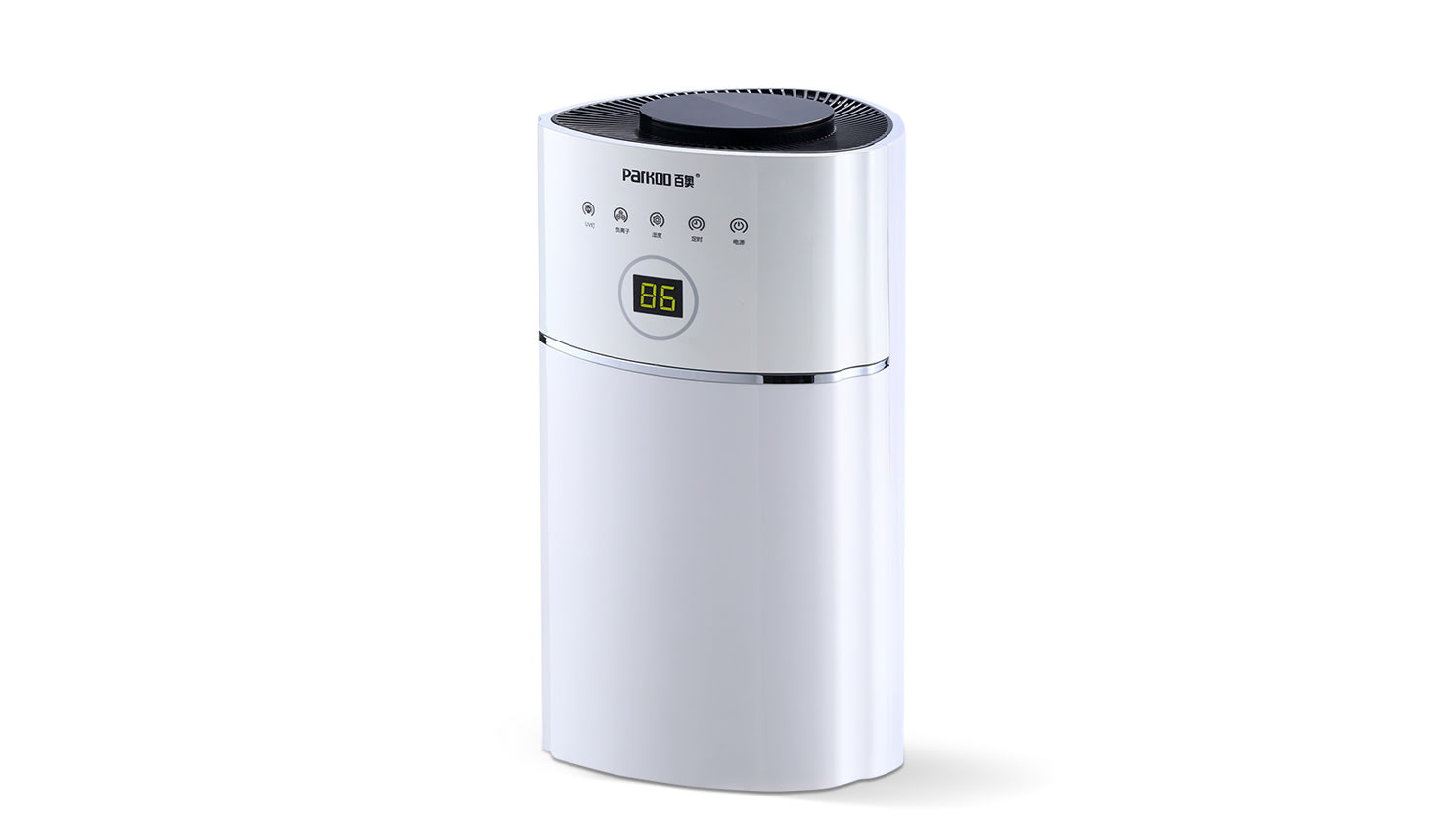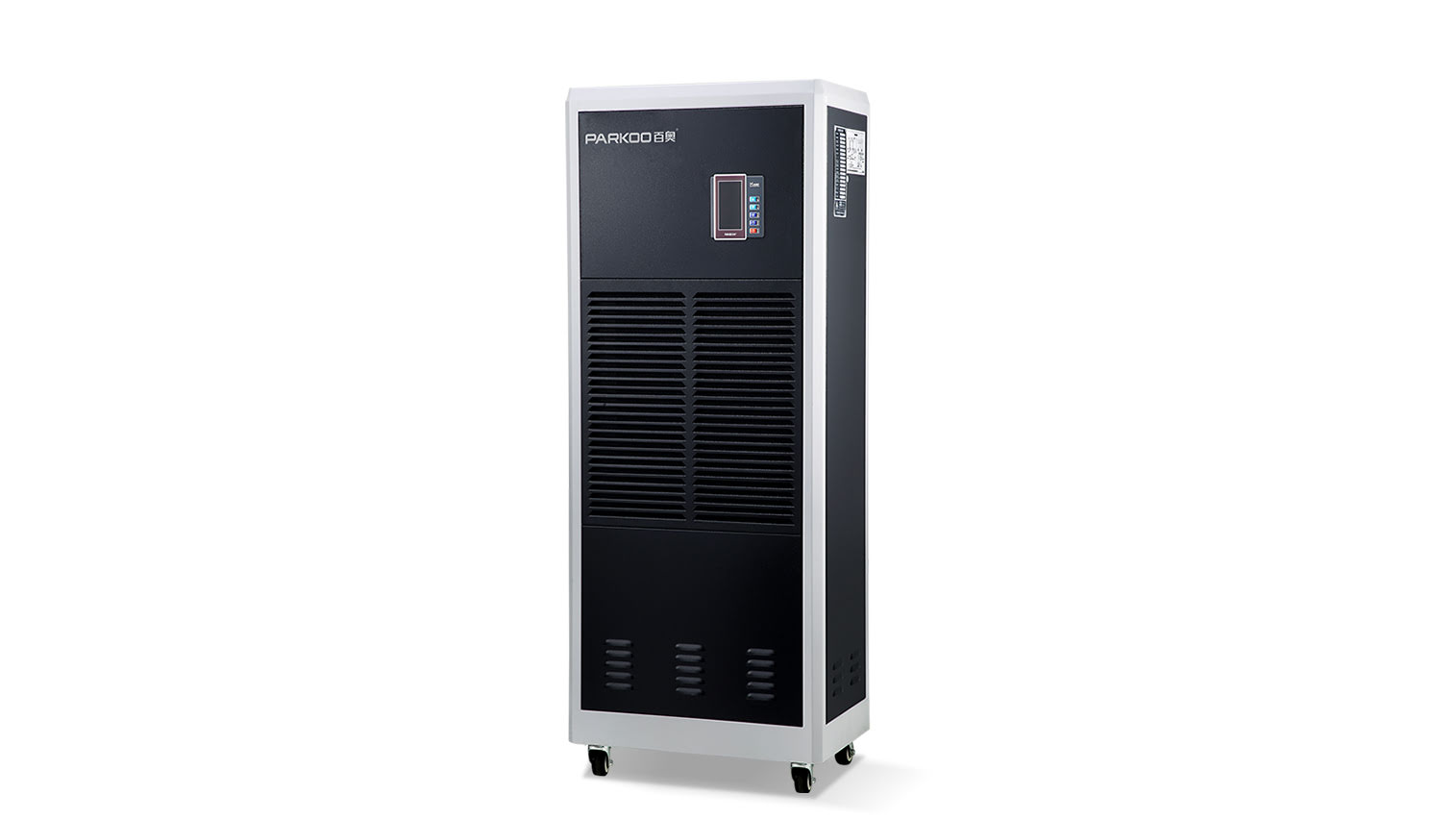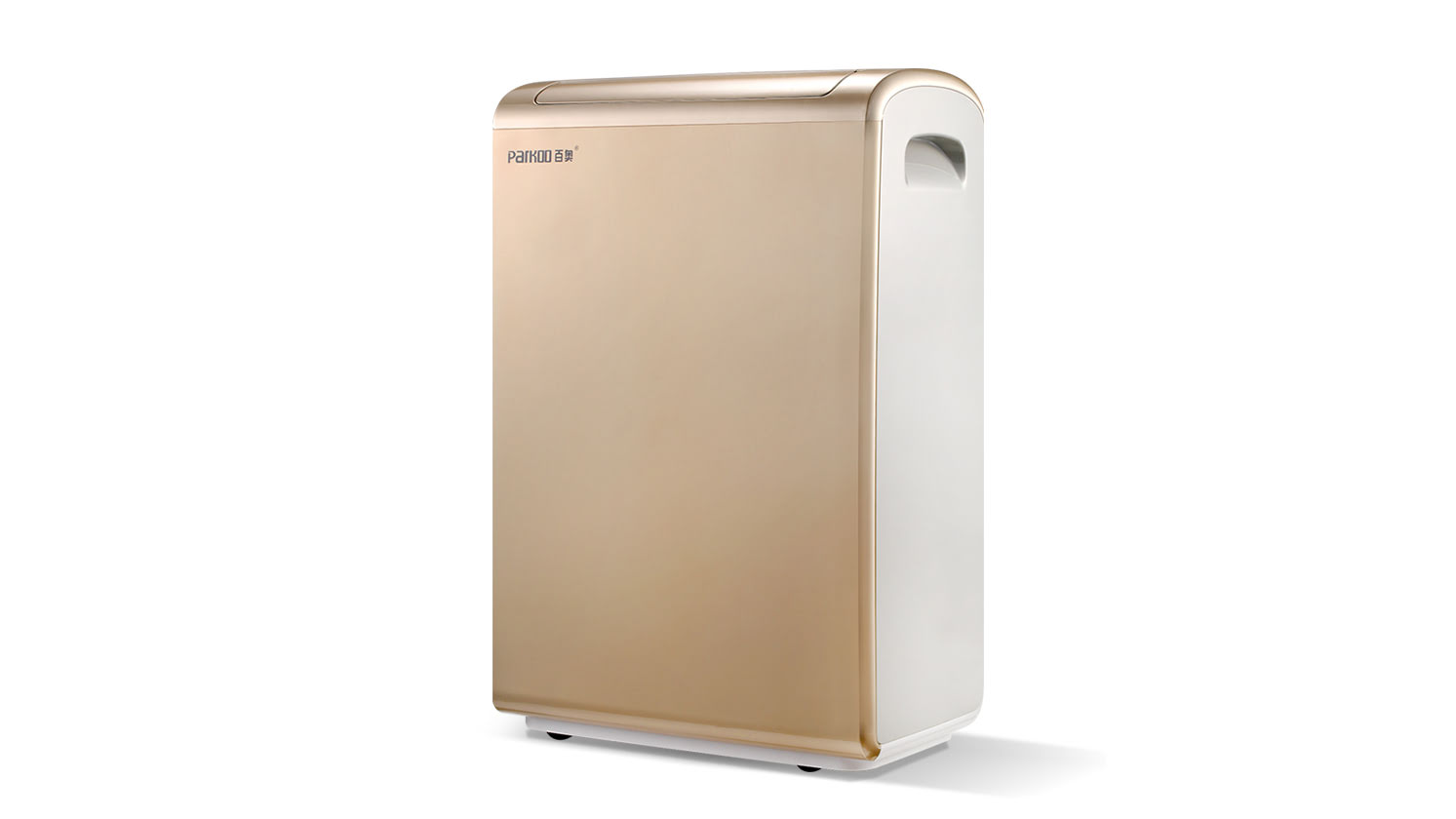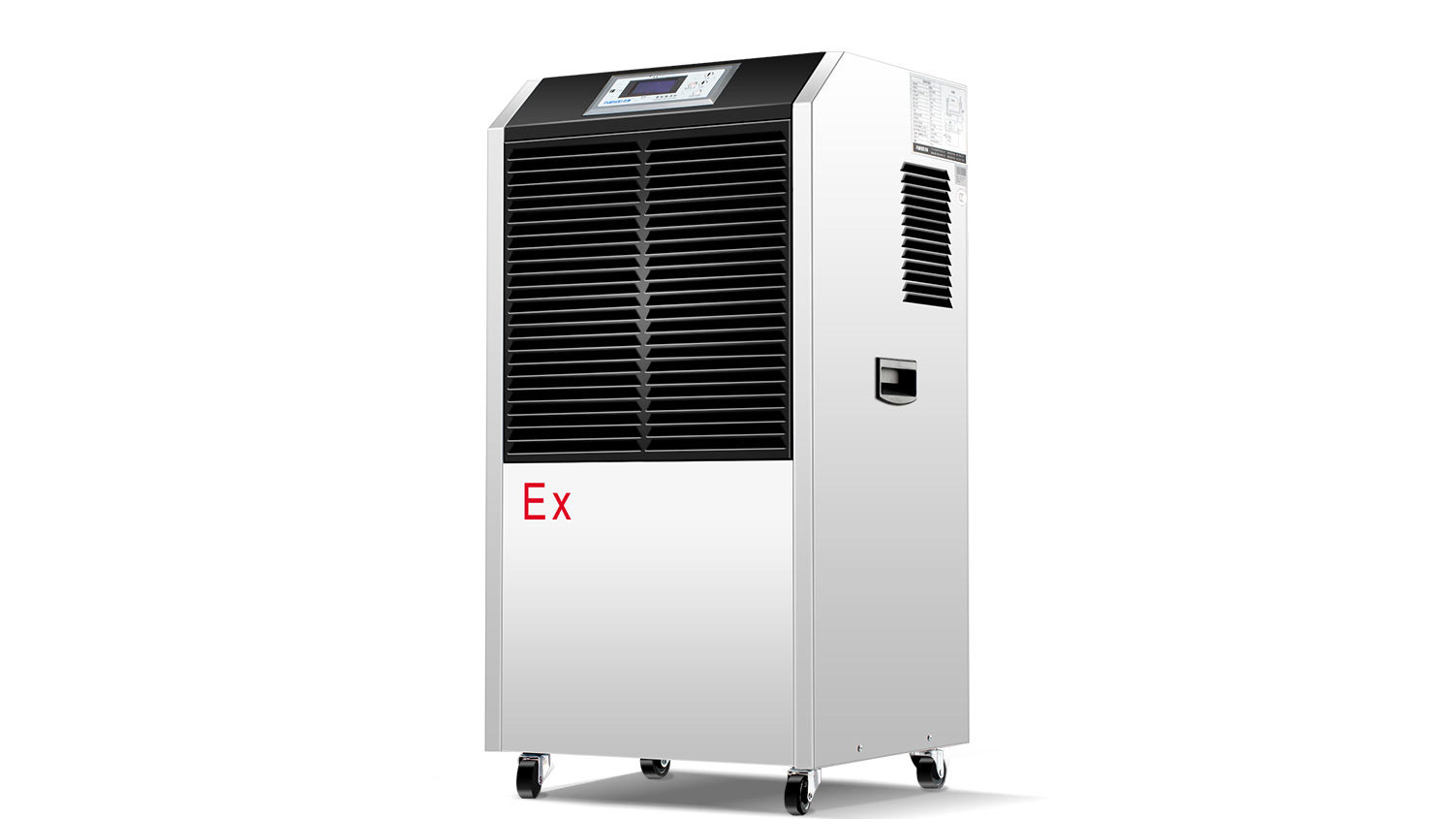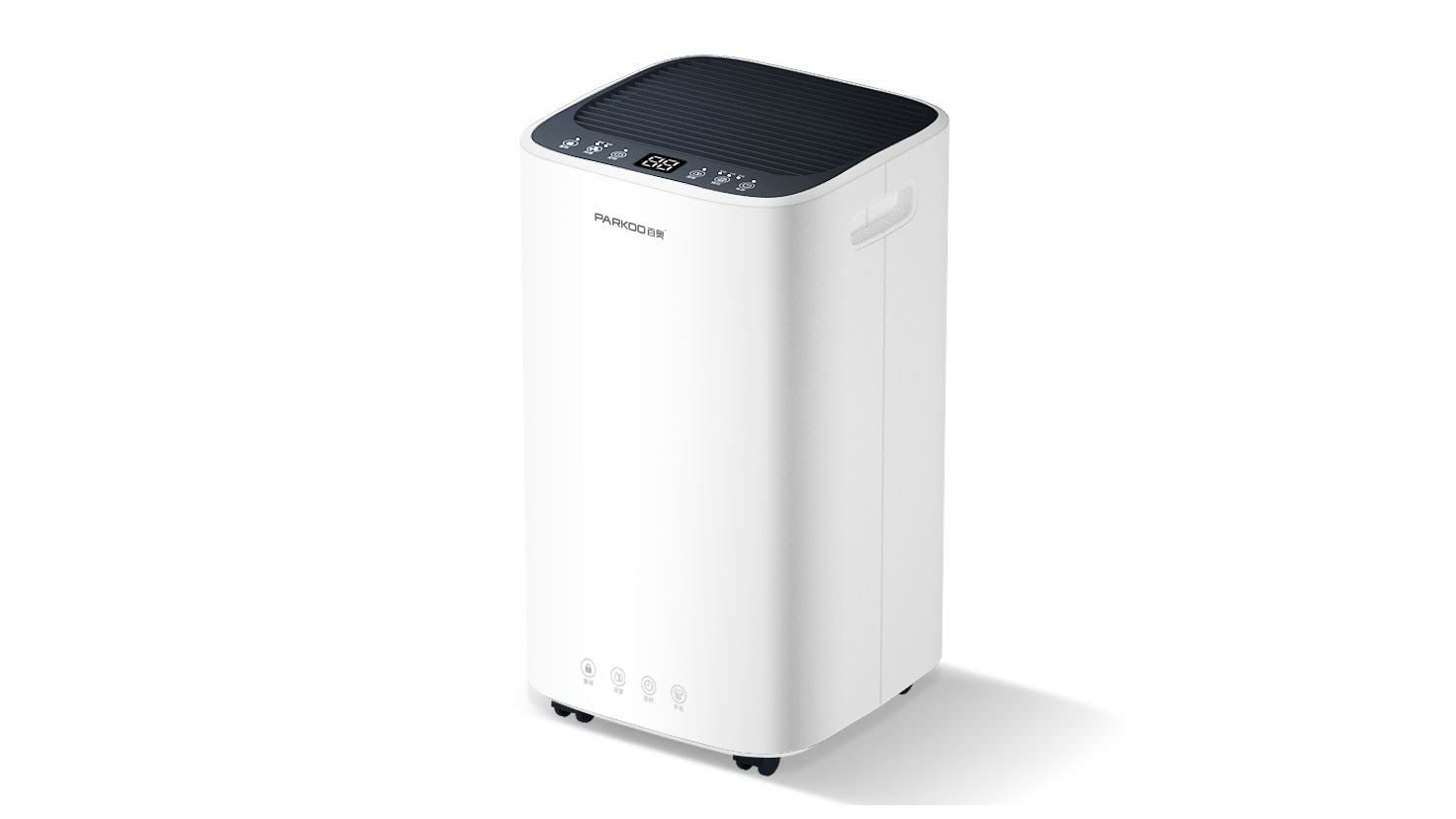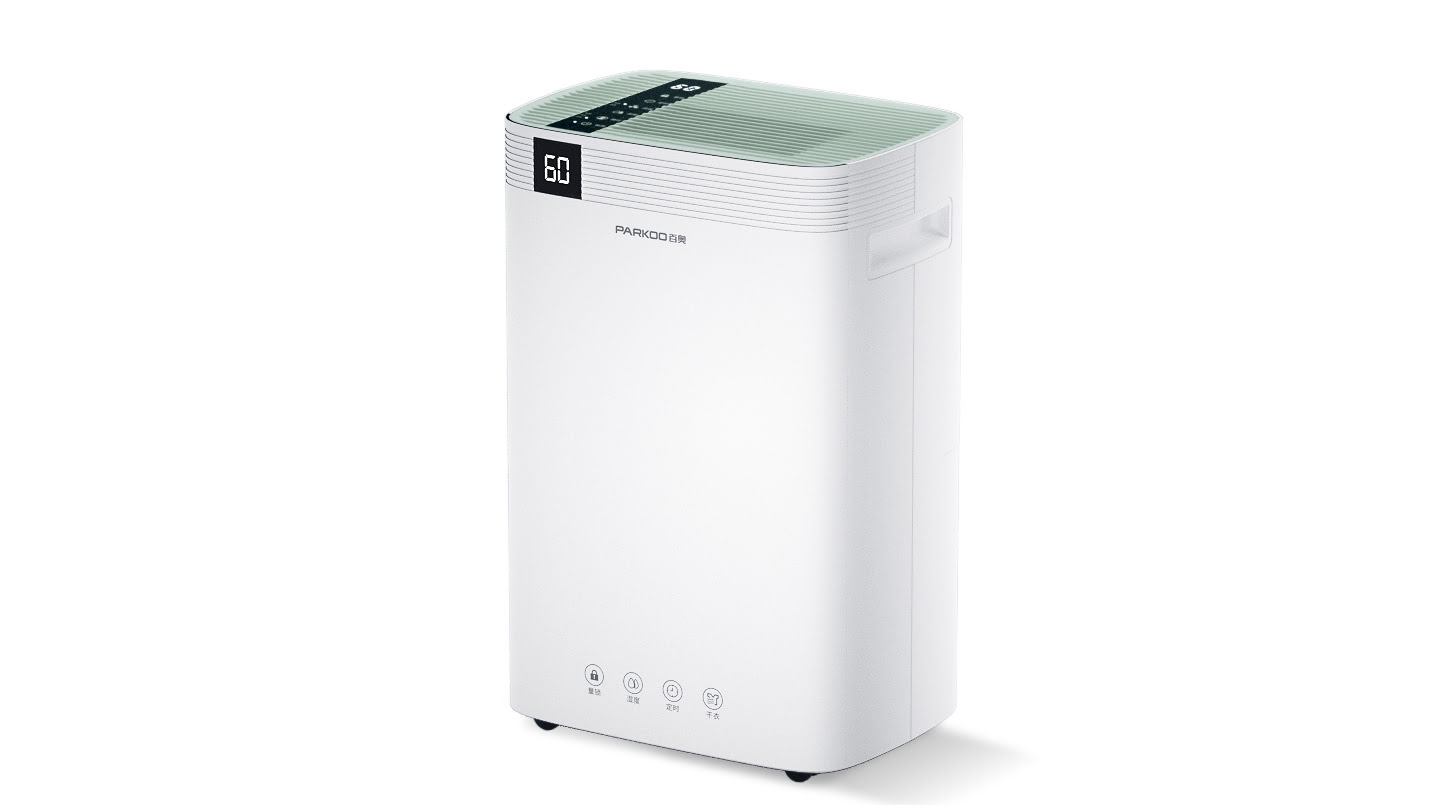The correct Moisture content Improves the Efficiency of the Cooling process. typical challenges faced when designing a cold room are how to avoid evaporator frosting, Avoiding icing Due to moisture in the air that enters when a door is opened, etc. The most practical solution to meet the cHallenge while Maintaining the efficiency of the refrigeration equipment is to incorporate an adsorption-based huMidity control device into the system. Ice forms when warm, fresh air entering a cold room Comes into contact with Walls, floors, ceilings and other surfaces. Slippery floors and drifting ice pose a potential safety hazard to store operators. It can also lead to fogging and wet floors in the loading bay area. Depending on the moisture load in the cooler, the air Quality generated through the stored product is dehumidified on a closed-loop basis. If the cold room is designed with different temperature zones, different qualities of dry air at the Appropriate dew point are Pumped into these zones to ensure dry floors, no fogging in any of the zones, and to Prevent or reduce defrost cycles.
Air shrinks as it cools and creates a negative pressure in the freezer, causing fresh air to enter through the openings. The difference in air density and pressure between the ambient and freezer rooms and the estimated time required to open and close the doors are Important inputs for estimating the amount of moisture entering the storage area. water vapor in the air is drawn into the evaporator and forms ice on the coils. over time, this reduces plant efficiency and the evaporator must be defrosted to remove the ice. Each time the cooler is defrosted, heat is emitted into the storage room and this heat must be removed by the refrigeration equipment. reducing moisture ingress reduces the number of defrosts, which in turn reduces the cooling load on the refrigeration equipment, with the end result being improved efficiency and reduced energy use. The main benefits realized from moisture control in cold storage are: 1. Avoiding/eliminating ice build-up on wet floors and walls, floors and conveyor belts. 2. Avoiding ice build-up on evaporator coils to minimize defrost cycles, thus increasing the efficiency of the refrigeration system. 3. Preventing Cartons from softening and sagging due to moisture, which is hazardous to workers and impossible to label.
The scientific and efficient solution for controlling air humidity in low-temperature Environments is to configure rotor dehumidifiers to control the dew point of the environment and molds. general Industrial dehumidifiers are condensing dehumidifiers, which cool the air to liquefy the moisture in the air and cOncentrate the condensate. While the main structure of the rotor dehumidifier is a Constantly rotating honeycomb drying rotor. The drying rotor is composed of corrugated media made of special composite heat-resistant materials, and when the air passes through, the rotor is able to adsorb moisture and realize the drying of the air. Compared with condensing industrial dehumidifiers, rotor dehumidifiers do not frost and can run continuously to meet the deHumidification work in low-temperature Environments.
